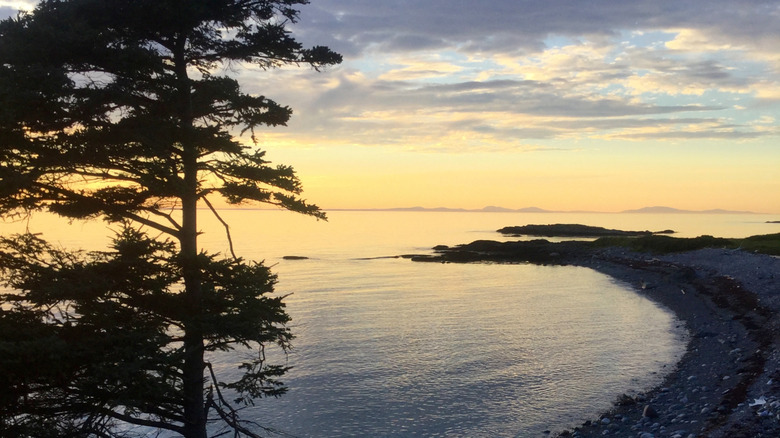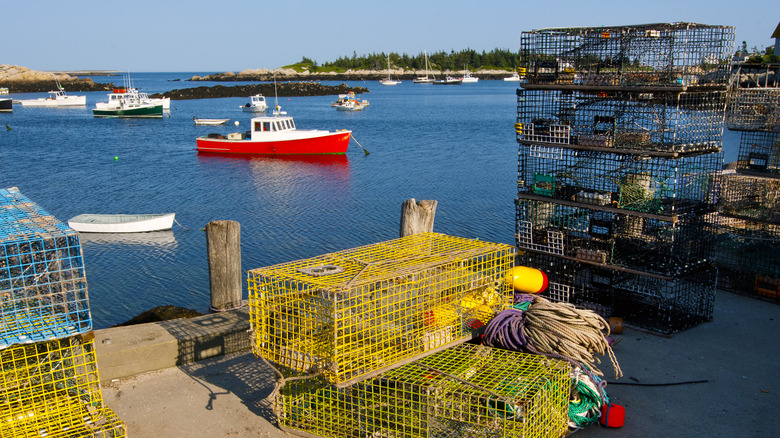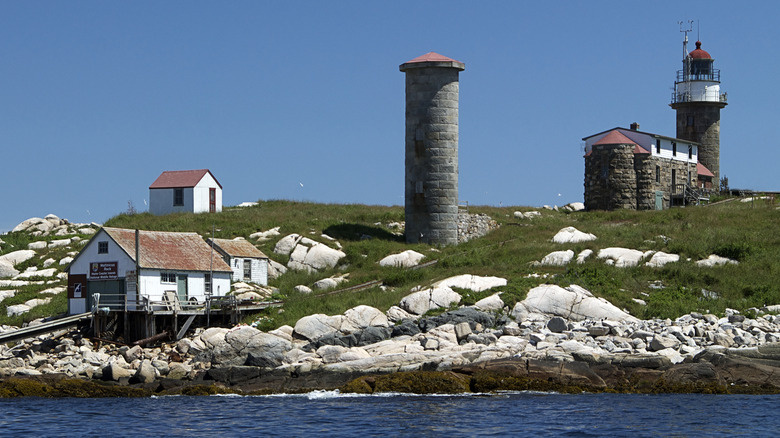Being the easternmost state in the U.S. means Maine greets the day before anywhere else. You can watch the first sunrise on a scenic road trip along the harbors of Maine’s coastal edge. Its Atlantic coast is also full of unique islands, like the Porcupine Islands, known for their caves, cliffs, and wild beauty. While many (like the Porcupine Islands) are uninhabited, there are some islands that have their own populations and special cultures. Matinicus Isle is one of them, and the fact that people live there is quite impressive, considering that it’s 20 miles from the mainland, making it, as The Country Inn at Camden Rockport put it, “the farthest inhabited land off the east coast in the U.S.”
Granted, Matinicus Isle isn’t very populous, with under 100 full-time residents, according to Census Reporter. It’s also not easy to get to, requiring an over-2-hour ferry ride from the mainland. Still, the destination has a scenic appeal for those who want to experience the more remote side of Maine. You’ll see people pulling in nets of lobsters, some old buildings, and close-knit community members with a home-run bakery. Don’t expect to get much in terms of vacation amenities, but if you’re a nature lover, Matinicus Isle is a wonderful spot to relax on its beaches or observe its local puffin colony.
Life on Matinicus Isle
Despite its small size (about 2 miles long, 1 mile wide) and remoteness, Matinicus Isle has a long and complex history. In the mid-1700s, the island became the site of conflict between the native Penobscots, for whom the island provided valuable resources, and its first European settler, Ebenezer Hall. Hall was disruptive — even burning the land for his pasture — and the island’s Penobscot visitors requested him to leave. When he didn’t abide, they killed him.
Nevertheless, Hall’s son moved onto the island, followed by other settlers, and it became a plantation in the 1800s. Some structures still remain from this time. One is the Matinicus Rock Light Station, established in 1827. Later, when the island’s population reached its peak in the early 1900s, the church was built. You can visit the church (which dates back to 1906), where the community sometimes hosts formal and informal gatherings. Another historic building is the old, one-room schoolhouse — it functioned as the island’s school until the 1980s when a new schoolhouse was built next door.
You won’t find any restaurants, bars, or even public restrooms on the island. There’s a small gift shop and gallery run by local painter Donna Rogers called “The Fisherman’s Wife” (indeed, Rogers is the wife of a lobster fisherman). Another local, Eva Murray, runs a bakery out of her home in the summer. You can stay overnight on the island with either a beach cottage or beach camp rental, but it’s a good idea to buy anything you might need (like groceries) from the mainland beforehand.




